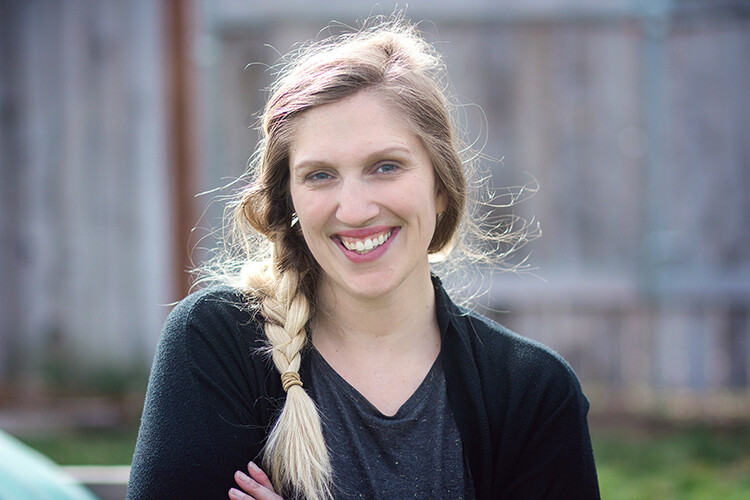Even though I focus on weddings, I still do family sessions. Most of these are clients from when I started as a family photographer and I have built a relationship with over the years as well friends that they send my way. I find it a great privilege to see their children grow up and capture moments with them year after year.

But let’s face it, this doesn’t happen every month or every six months even. I am not there often enough to capture milestones or fleeting moments. Most of these are annual sessions where the family wants to document a point in their lives once a year. For this reason, I love and encourage lifestyle photo sessions so it feels like a series of snapshots of their daily lives are captured in a relaxed vibe.
What is a lifestyle photo session?
When I first mentioned this to my husband, he said he didn’t have a clue about what that even meant. A lifestyle photo session is one that is relaxed and focused on capturing moments and expressions, day-to-day activities and normal life scenarios, and nothing is too posed. Relaxed, candid shots, fun shots. Think less looking (at the camera) and more doing (action).

However, it is done with a lot of planning and intentionality for it to look as such. In this article, I will share with you five tips in my process of photographing family lifestyle photo sessions.
I am very much a planner and I like lists. I generally visualize things in my head first, go through it stage by stage, put this plan and an equipment list on paper and then I feel I’m nearly done. Then it’s just the shoot to get through but half the battle is already won.
#1 Plan in advance

Communicate your plan with the parents and instruct them on specific preparations in advance of the shoot. Agree on the most suitable time for them especially if the kids are really young. Advise them of outfits. Give them an indication of timings. For example, “We’ll spend an hour in your home and afterward go to a park or a nearby outdoor area for some fun action shots for half an hour”.
Ask them to prepare props that might be needed, snacks, and an activity. For example, if you are coming around at breakfast time, for them to get breakfast organized. This could also work for lunchtime (pizza-making, baking), bath times, play time (kite-flying in the park), etc.
#2 Have a formula

When you arrive, you should already have an idea of what to expect. Set up your equipment, line up your lenses where they are safe and have a mental (or physical) list of the following:
- Wide location shots
- Close-up detail shots of special things in the house
- Candid images
- Action shots
- Creative/artistic photos
- Portraits

#3 Get to know the family
Spend the first few minutes getting to know the entire family just as they are, not just the children. Join in whatever they’re doing upon your arrival and don’t change the setup straight away.
The children will feel comfortable and safe if they see you interacting with their parents and that they trust you. The kids will warm up to you faster that way than if you would just go straight up to them.


If you feel the kids need a break from you so that it stays all laid back and relaxed, ask to shoot the details in the house first.
You may need to move things around to style items or the parents may already have prepared these beforehand. Or if there are views outside the house, then take wide photos of them as well as a view into the house. These are part of their day-to-day story.

#4 Focus on natural moments
This is easier said than done because when there is a stranger in the house, it’s very difficult to be completely natural like nobody else is there.
My best tip is to do this using an activity. When the family is focused on what they are doing, try to be invisible and hide behind posts, kitchen cabinets, doors, etc., and capture the moment like you are not there.


You need to instruct the parents to initiate the activity, for example, reading books to the kids, playing with their favorite toys, watching their favorite program, etc. If you don’t get the shot you want the first time, you can always ask the parents to repeat the activity and have another go. Tell them not to look at the camera at all unless you ask them to!
This is also a great time to be intentionally creative with your compositions. You can put silhouettes, negative space and layering to great use and enhance your images.



#5 Don’t forget to capture portraits looking at the camera as well
This is really important not to overlook because grandparents always like shots of the kids looking at the camera! Try not to spend much time doing this, though.
Often I have to stage this, but try to do it really quickly. You can vary your angles too like asking the little kids to look up at you as shown below.


Lastly, always remember to take a photo of just the parents without the kids! They always consider it a treat and will treasure their portrait together.

Conclusion
Within that five-step plan, I can usually capture a great variety of shots from one or two planned activities. Although they are planned, they look natural and have a fleeting-moment-feel to them. This laid-back process works really well with really young children.
The older the kids get, the more amenable to instructions they become. Older kids may also have their own ideas of how they want you to capture them, and which props or toys they want to be incorporated into their images. So be open to their ideas too.

I hope you find these tips helpful. Do you have tips to add? Do share them in the comments area below.
The post 5 Tips for Doing Lifestyle Photo Sessions with Families appeared first on Digital Photography School.





































































You must be logged in to post a comment.